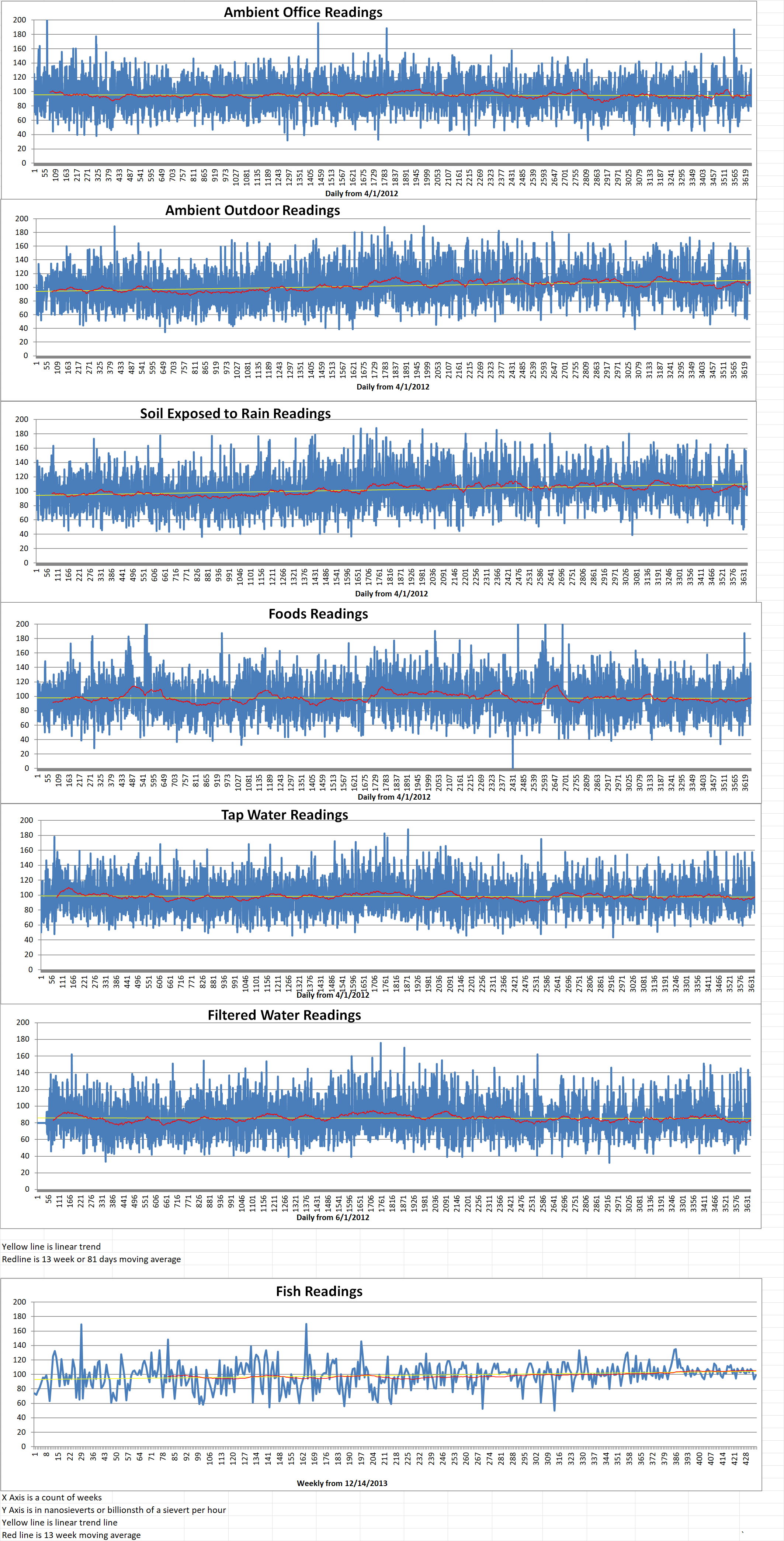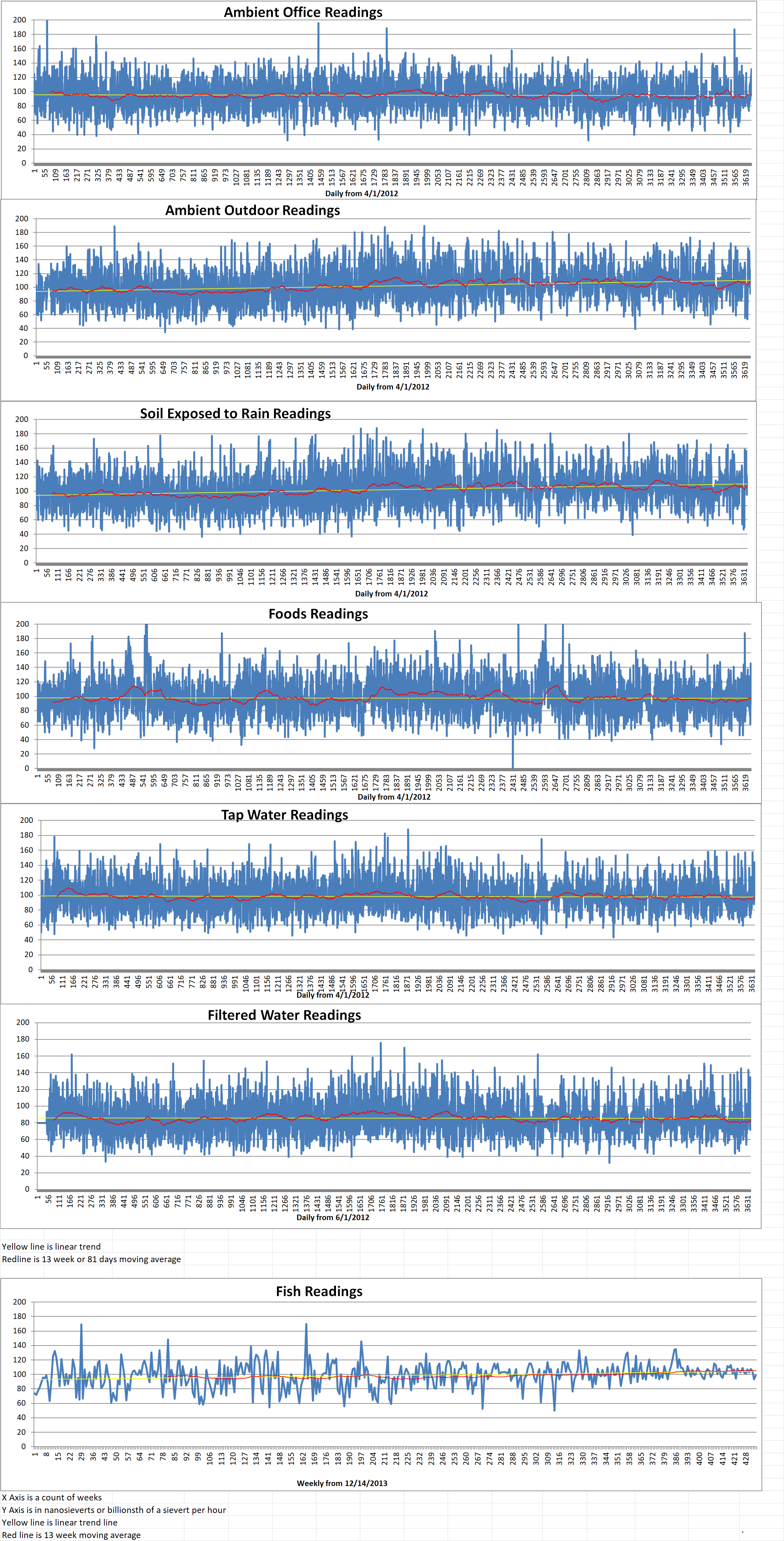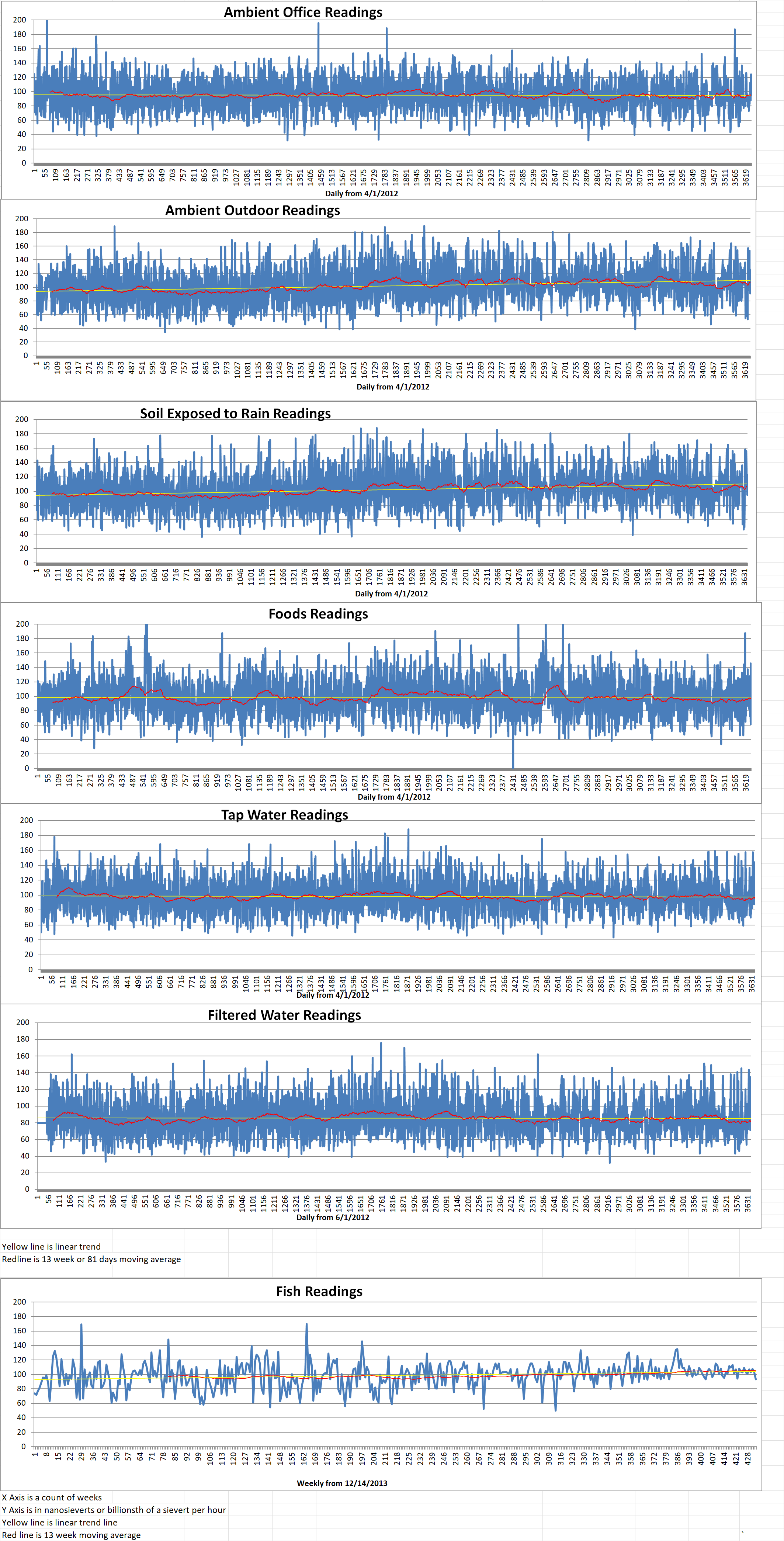Part 1 of 3 Parts
The government of the United Kingdom’s Nuclear Waste Services (NWS) is preparing to carry out seismic surveys off the Cumbrian Coast between July and August of this year. They are trying to find a place to dispose of nuclear waste produced by Britain’s nuclear power reactors.
A report commissioned by Radiation Free Lakeland (RFL), calls for these disposal plans to be delayed. The report claims that the impact assessment by the NWS is “deeply inadequate” and “lacking in appropriate scientific and academic rigor.”
Seismic blasting is a process that permits scientists to gather data about the geography of the seabed. Loud, repetitive blasts of sound are produced by an underwater airgun. The echoes of the blasts are measured to map the underwater rocks. The airgun will be fired every ten to fifteen seconds throughout the survey period which will last about a month.
The surveys have been commissioned by NWS. They will be investigating the possibility of locating a Geological Disposal Facility (GDF). Deep under the seabed, this facility will be used to dispose of the U.K.’s toxic legacy of highly radioactive spent nuclear fuel which is a byproduct of nuclear reactors.
Shearwater GeoServices is the company whose work on South Africa’s ecologically sensitive Wild Coast was stopped by the high court. They are charged with carrying out the investigations of the Cumbrian seabed. According to a freedom of information request, a license of exemption to carry out these surveys was issued to NWS for ‘scientific research’ However RFL claims that the survey is not for ‘scientific research’ but to develop a plan for disposal of spent nuclear fuel.
Marianne Birkby is one of the founders of RFL. She said, “We commissioned an independent report because we need to counter the PR spin from the nuclear waste industry who are calling the seismic testing ‘non-invasive scientific research.’” She argues that instead of seismic blasting for scientific purposes, the plan facilitates a commercial venture for a “deep nuclear dump for heat generating nuclear waste.” She went on to say that a limited company that wants to process even more nuclear waste from new nuclear reactor builds, Radioactive Waste Management (RWM), is behind it.
Birkby said, “Despite the marine protections this part of the Irish Sea has, it is an outrage that independent environmental impact assessments have not been carried out. Protections clearly mean nothing when the nuclear waste industry wants to pave the way to a deep nuclear dump.”
Chris Eldred is senior project manager for geosphere characterization at NWS. He said that “there is no requirement to undertake a public consultation for these surveys. We have undertaken marine environment assessments requested by Natural England and navigational authorities to assess any impacts and they have been satisfied that our activities are exempt.”
Low frequency sounds generated by a single seismic airgun can carry over great distances, especially in deeper waters. They have been recorded at locations up to twenty-five hundred miles from the source. They can blanket areas up to one hundred and sixteen thousand square miles with noise. Studies have indicated that seismic surveys can impact entire aquatic ecosystems because they can disturb, injure or kill a wide variety of marine life.
Please read Part 2 next
Blog
-

Radioactive Waste 857 – U.K. Researching Siting A Geological Repository In The Irish Sea – Part 1 of 3 Parts
-
Nuclear News Roundup June 27, 2022
Ukraine terminates Russia nuclear agreements world-nuclear-news.org
UK’s nuclear expertise is showcased on BBC Countryfile gov.uk
‘Must deploy weapons’ Lukashenko demands Russia push nuclear button to end West pushback express.co.uk
IAEA working with Australia on safeguards for nuclear subs: Grossi world-nuclear-news.org
-

Geiger Readings for June 27, 2022
Ambient office = 96 nanosieverts per hour
Ambient outside = 108 nanosieverts per hour
Soil exposed to rain water = 113 nanosieverts per hour
Avocado from Central Market = 95 nanosieverts per hour
Tap water = 77 nanosieverts per hour
Filter water = 65 nanosieverts per hour
-
Nuclear News Roundup June 26, 2022
‘Effort and patience’ required to restore Iran nuclear agreement news.un.org
Construction permit issued for first Egyptian unit world-nuclear-news.org
Govt mulling Russia’s offer to develop nuclear energy in Indonesia en.antaranews.com
Time, venue of new round of nuclear talks being finalized: Iranian negotiator enclish.news.cn
-

Geiger Readings for June 26, 2022
Ambient office =79 nanosieverts per hour
Ambient outside = 97 nanosieverts per hour
Soil exposed to rain water = 94 nanosieverts per hour
Watermelon from Central Market = 116 nanosieverts per hour
Tap water = 103 nanosieverts per hour
Filter water = 83 nanosieverts per hour
-
Nuclear News Roundup June 25, 2022
US launches program to transform mine sites to clean energy hubs world-nuclear-news.org
Biden pledges USD14 million for Romanian SMR project world-nuclear-news.org
China, Russia Dominate Nuclear Reactor Construction, IEA Says asiafinancial.com
Iran accused of making ‘maximalist demands’ in nuclear deal talks theguardian.com
-

Geiger Readings for June 25, 2022
Ambient office = 131 nanosieverts per hour
Ambient outside = 102 nanosieverts per hour
Soil exposed to rain water = 102 nanosieverts per hour
Tomato from Central Market = 134 nanosieverts per hour
Tap water = 105 nanosieverts per hour
Filter water = 87 nanosieverts per hour
Dover Sole from Central = 99 nanosieverts per hour
-
Nuclear News Roundup June 24, 2022
IAEA assesses ageing management at Dutch research reactor world-nuclear-news.org
Energoatom re-establishes link to Zaporizhzhya nuclear plant power-technology.com
Bulgaria may partially ditch Russian nuclear fuel after 2024 – report seenews.com
Campaigners’ anger over ‘nuclear weapons’ convoy on M6 warringtonguardian.co.uk
-

Geiger Readings for June 24, 2022
Ambient office = 95 nanosieverts per hour
Ambient outside = 91 nanosieverts per hour
Soil exposed to rain water = 95 nanosieverts per hour
Vineripened tomato from Central Market = 90 nanosieverts per hour
Tap water = 103 nanosieverts per hour
Filter water = 95 nanosieverts per hour

